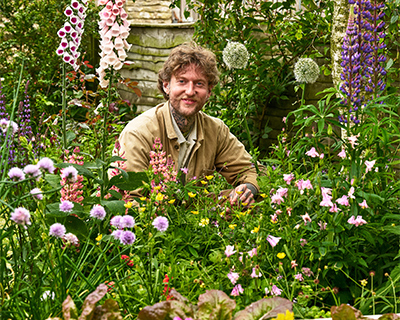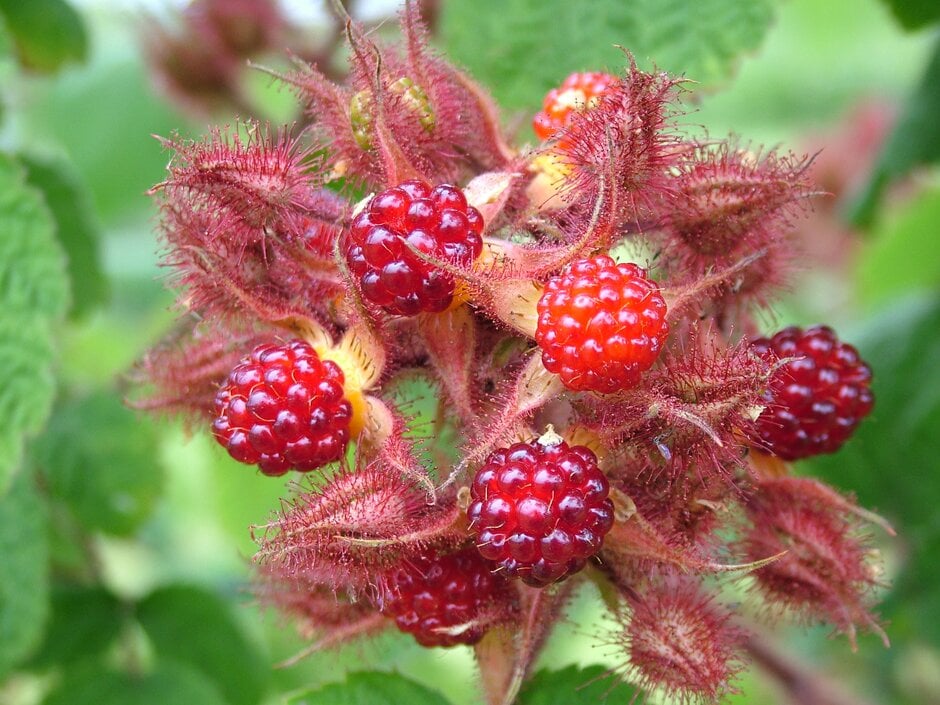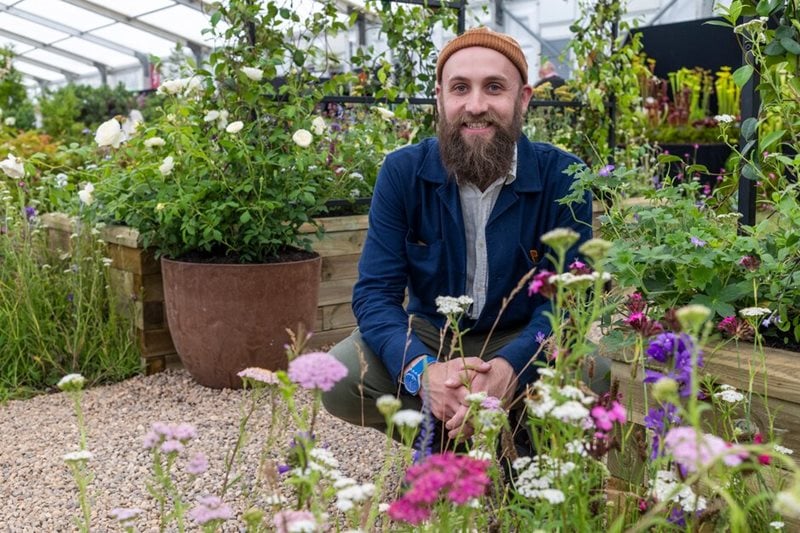How social media is inspiring young veg growers
Kitchen gardener Jamie Walton – aka Instagram’s Nettles & Petals – is part of a network of content creators who are making grow-your-own gardening appealing to young people and beginners through their videos
You have 1.2 million followers on Instagram and now a book – what gardening ideas are you trying to get across to people?
Many of your videos feature traditional veg such as chard and tomatoes – who’s your audience?
What does ecological horticulture entail?
Do you welcome in all creatures, including pests?
You’re a fan of weeds, especially nettles, and the virtues of eating them. Do you allow these plants to flourish within your borders too?
Should more of us garden ecologically?
Chemical-based agriculture has had disastrous effects on our ecosystems. I believe that ecological growing is the solution, but it’s important to highlight that these aren’t my principles and practices. I’m simply rediscovering indigenous techniques that were once commonplace all over the world. The Three Sisters planting method for example, which incorporates three plants that grow in symbiosis with one another, is growing in popularity again. Yet it is rooted in
I’m setting up a larger community-focused market garden in Pickering, North Yorkshire, that will produce food for local food banks and low-income families, along with recipes. It’s going to be an experimental site, with agroforestry, and it’s on heavy clay – I like a challenge. I’d like to form a network of them across the UK, and possibly further. I really love what I do, but growing for those with limited access to good, organic food is more fulfilling. I have conflicting thoughts on being a content creator – it’s not what I ever planned to be – but I’ve realised that having the reach I do means I can do so much good, both off and online. If a million people see a video about pollinator-friendly flowers and then if even half of those sow some seeds, that has a potentially large impact for global ecology. And that’s pretty awesome.This page is an adaptation of an article published in the March 2025 edition of The Garden magazine, free to RHS members every month when you join the RHS.


